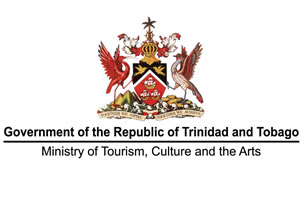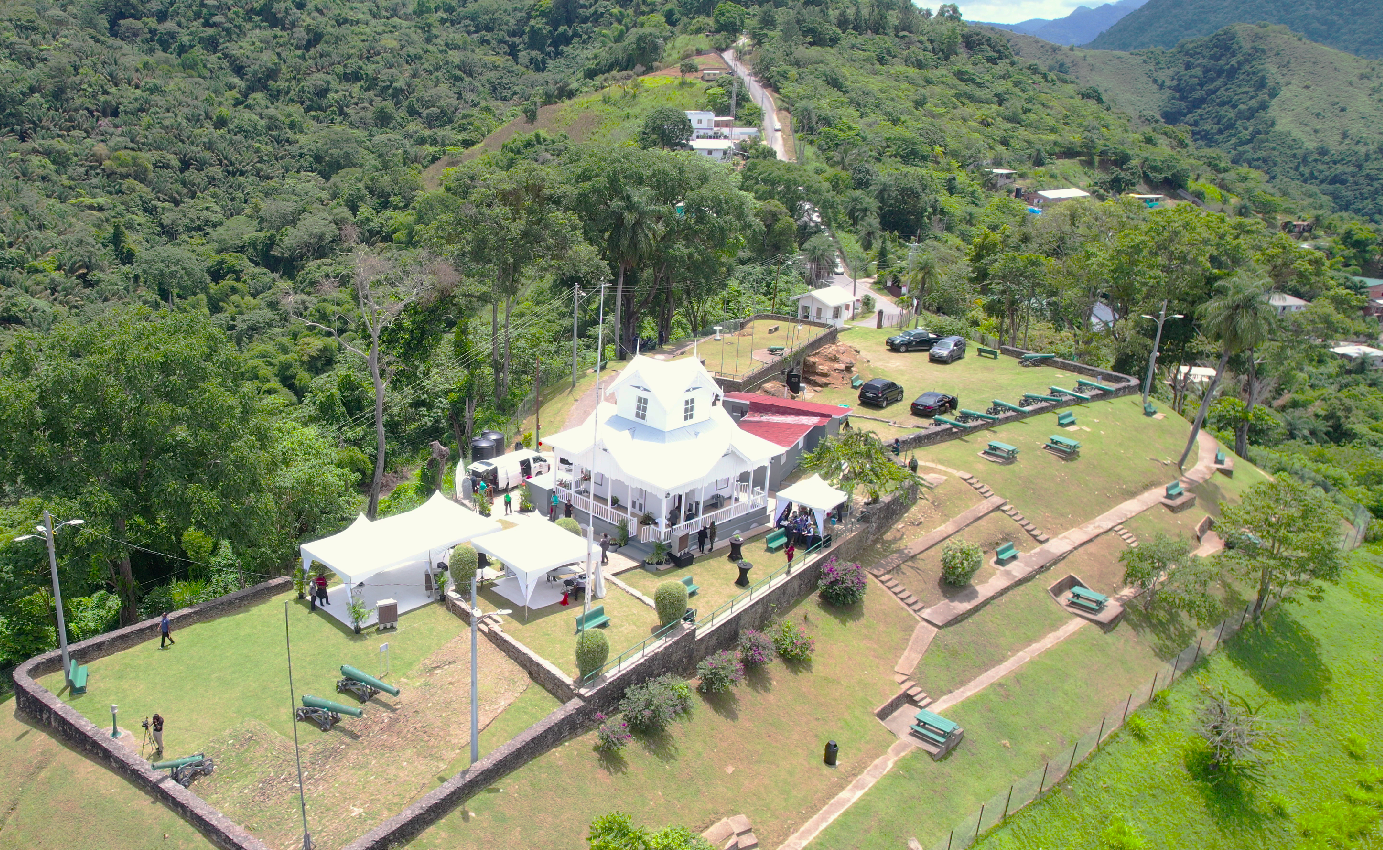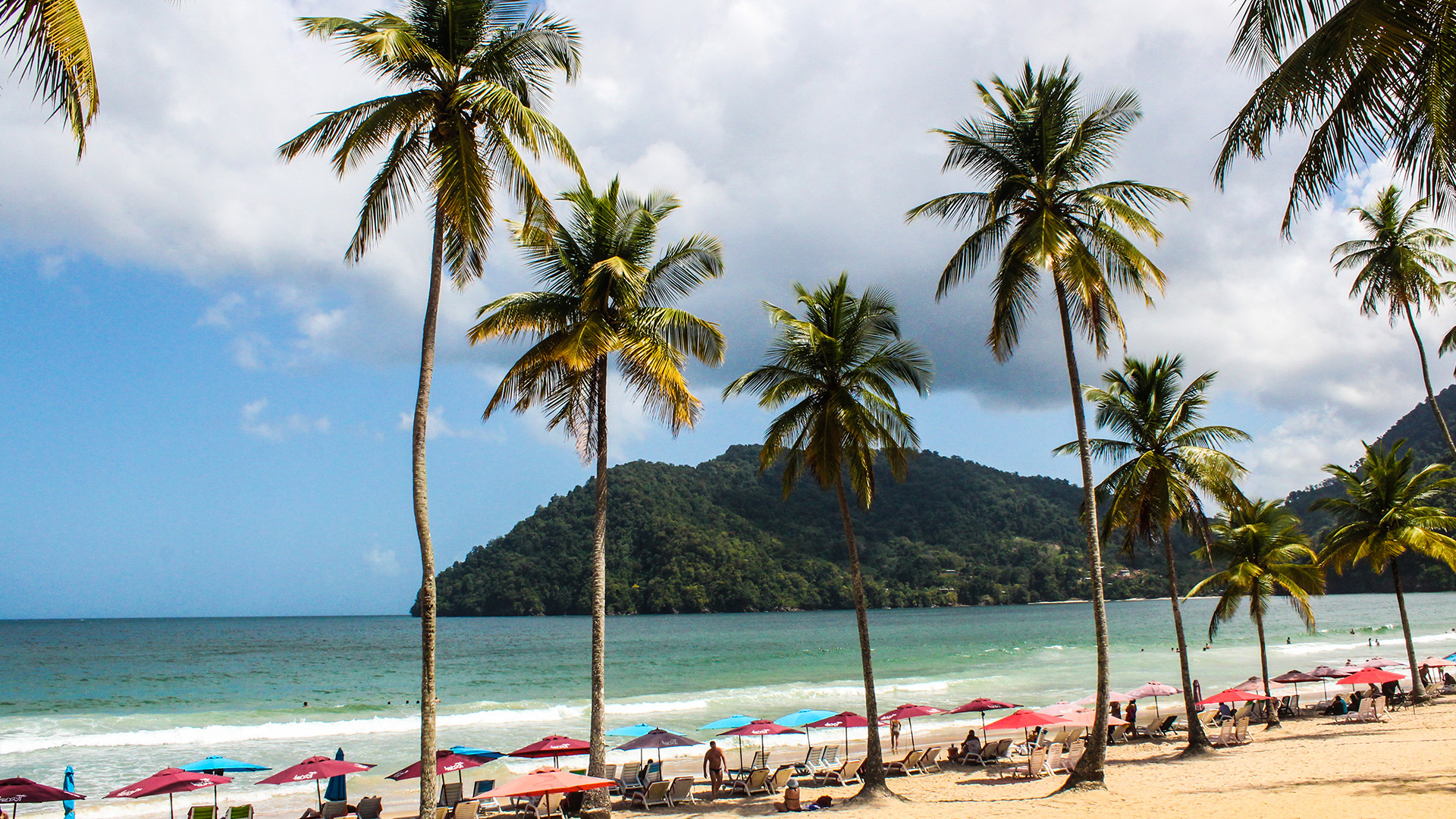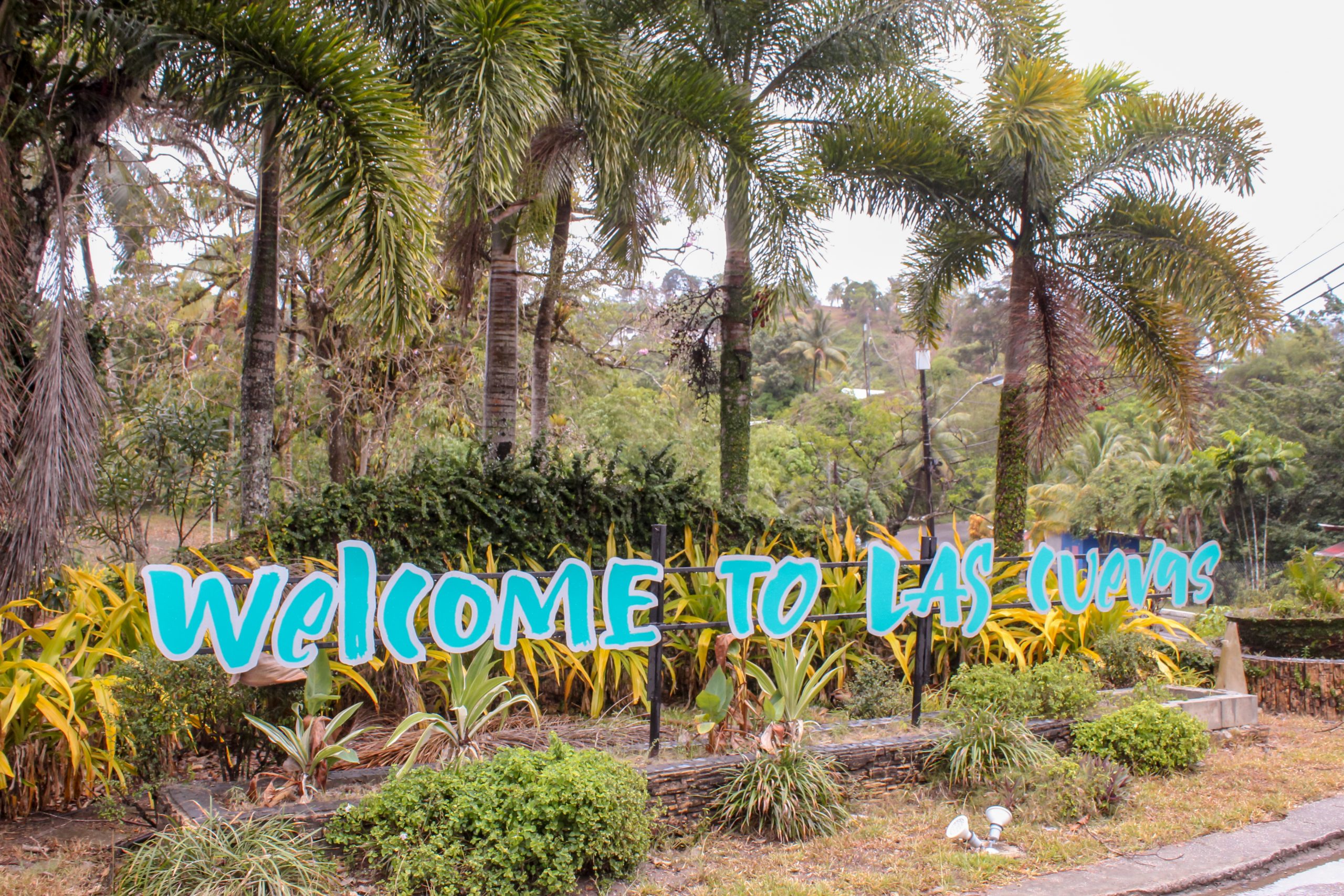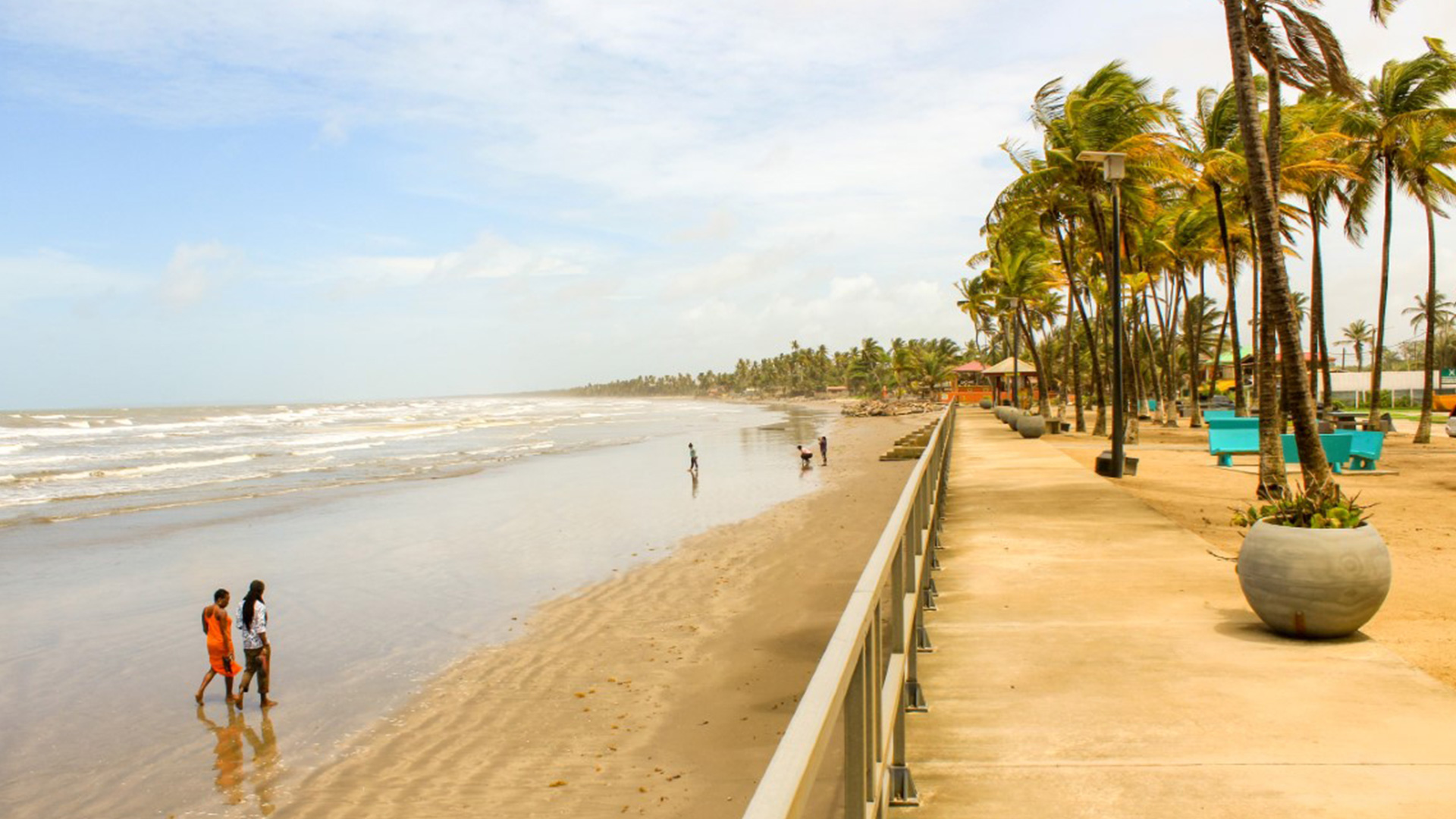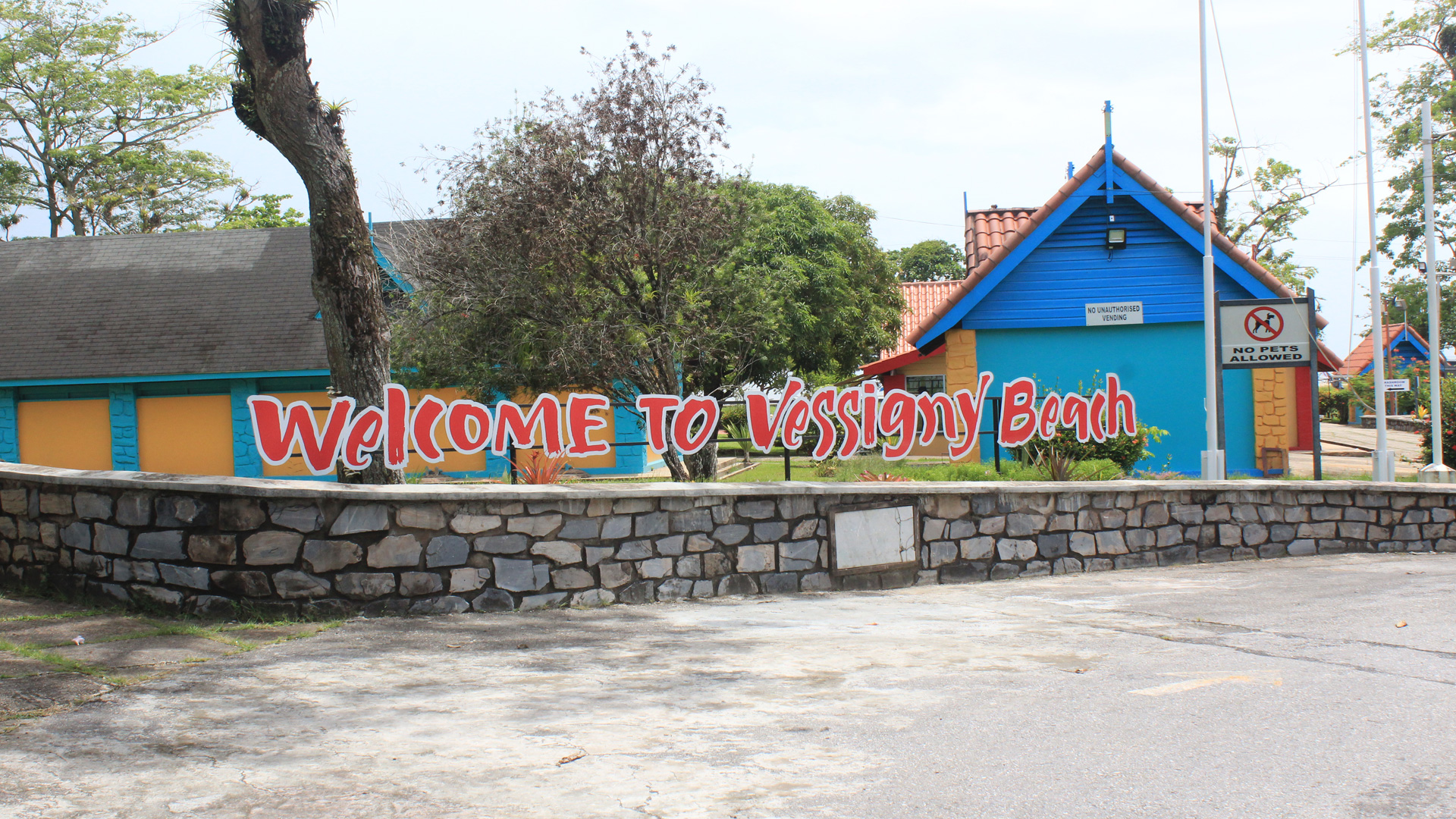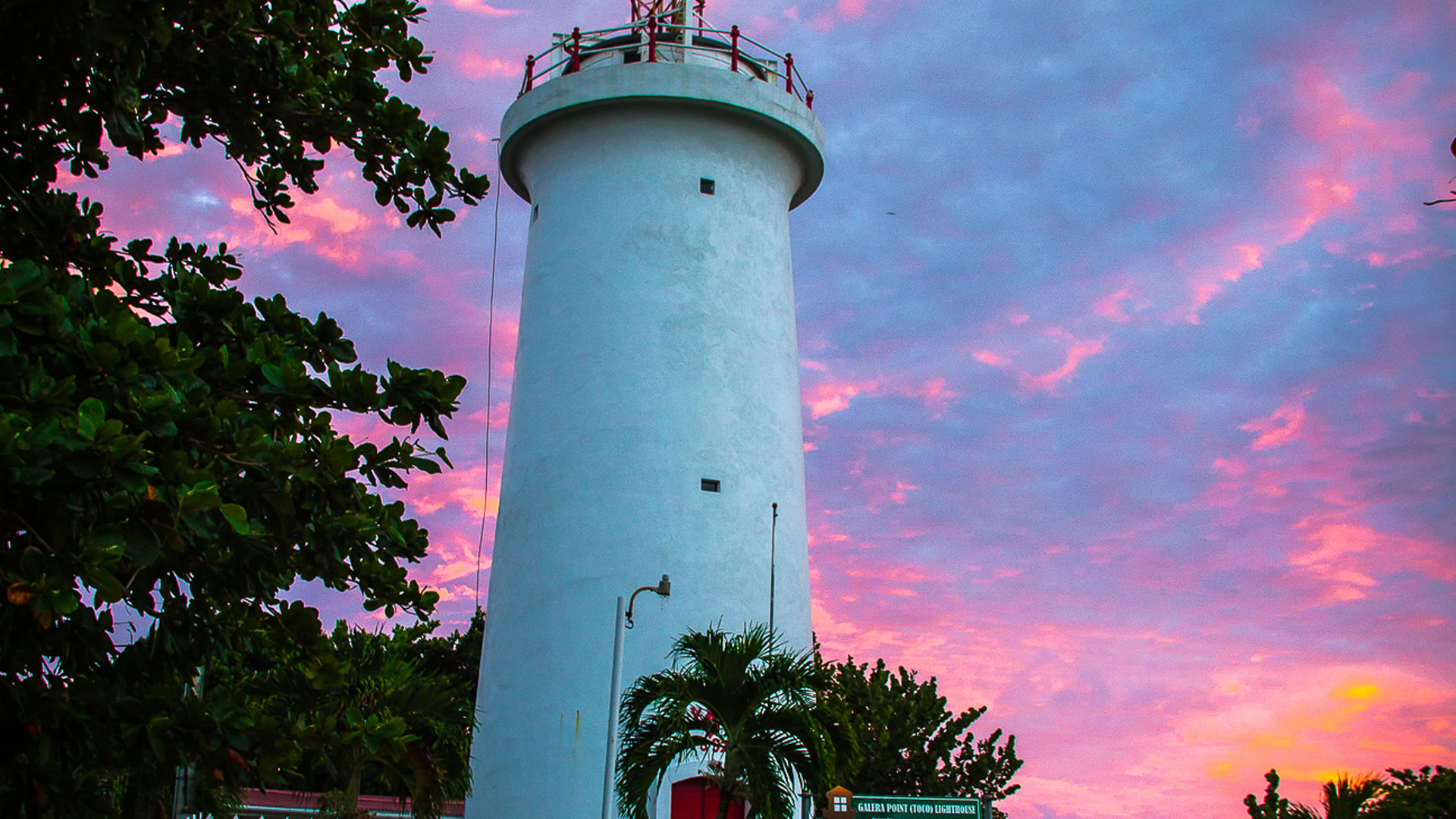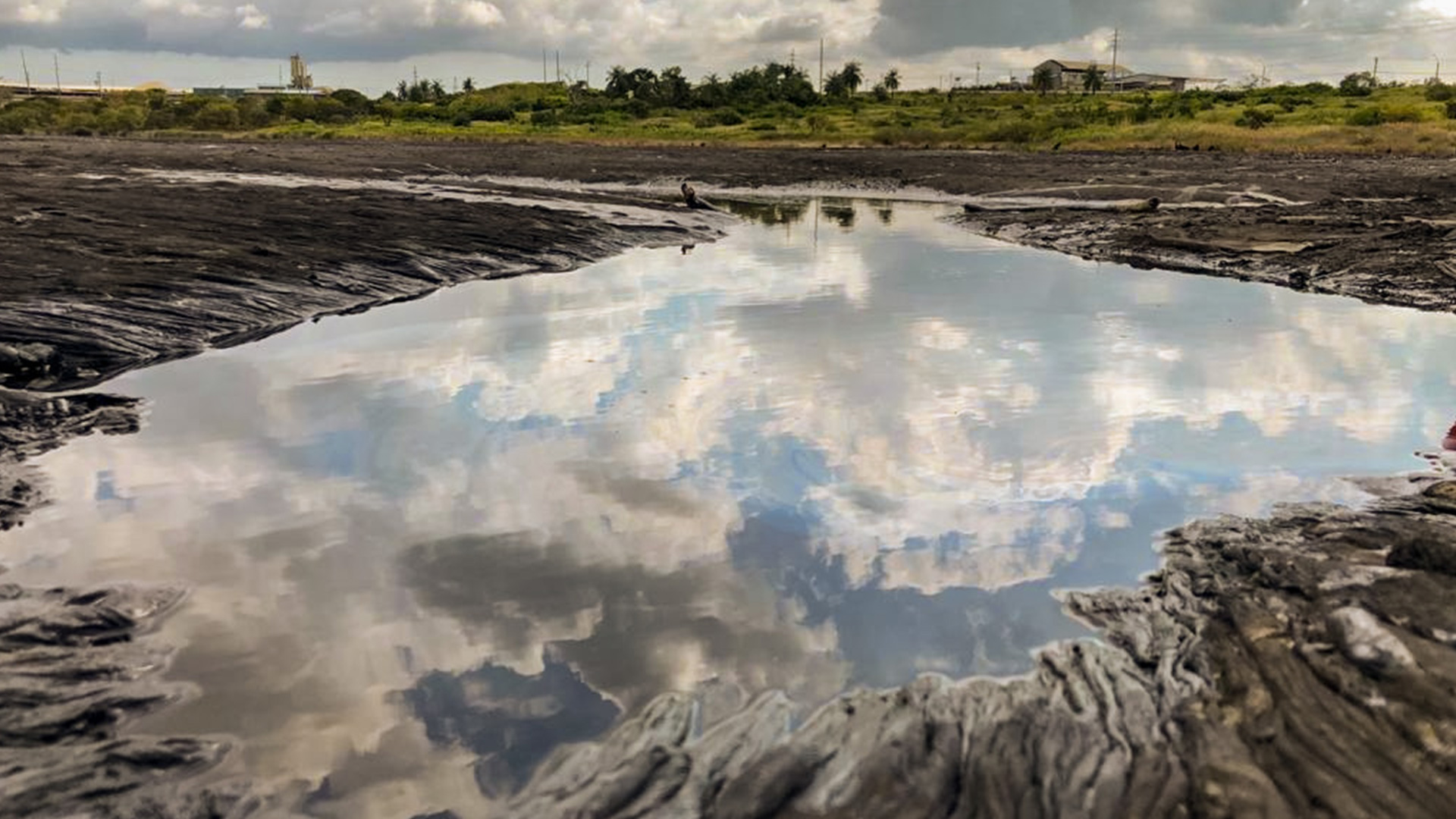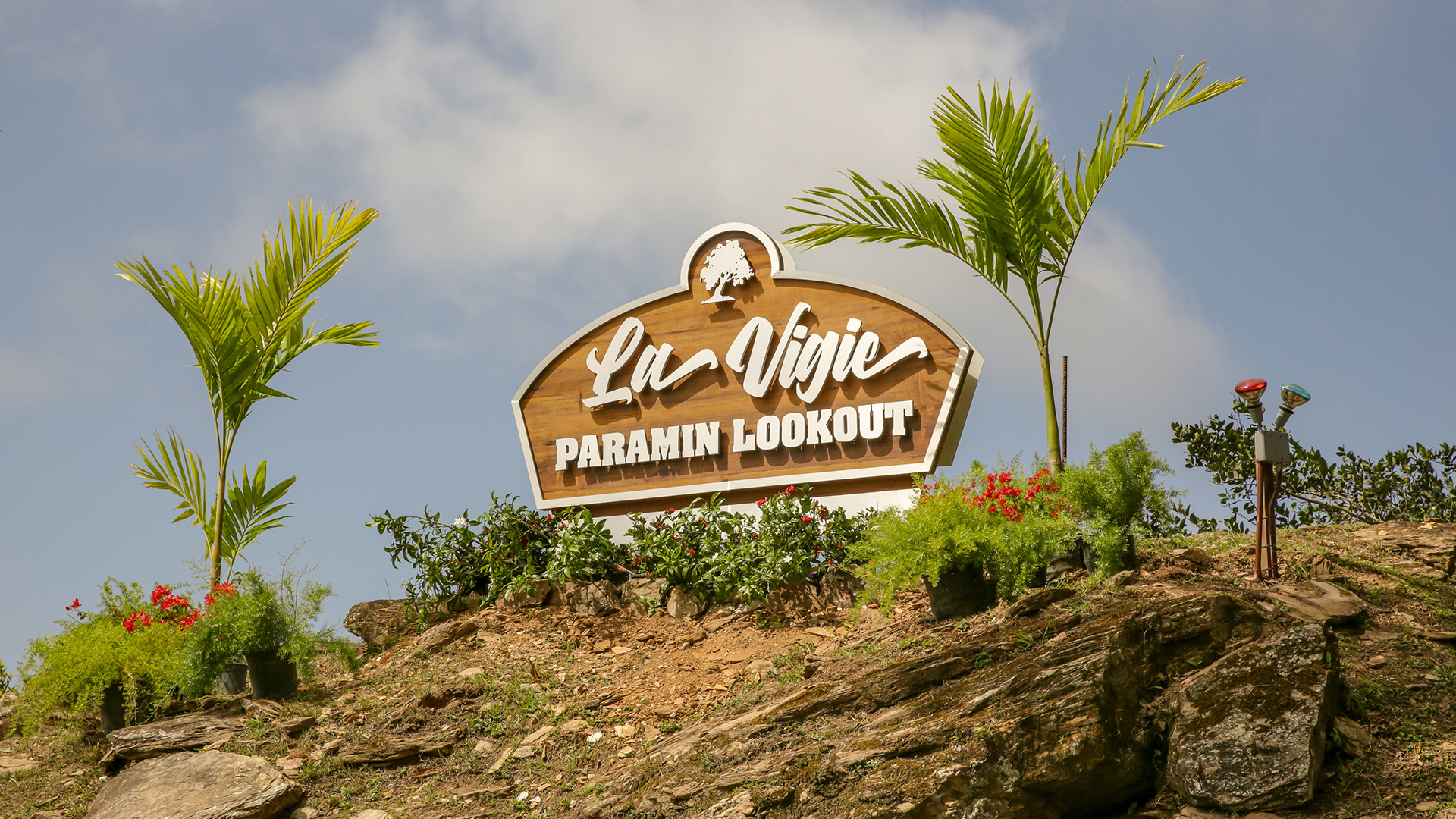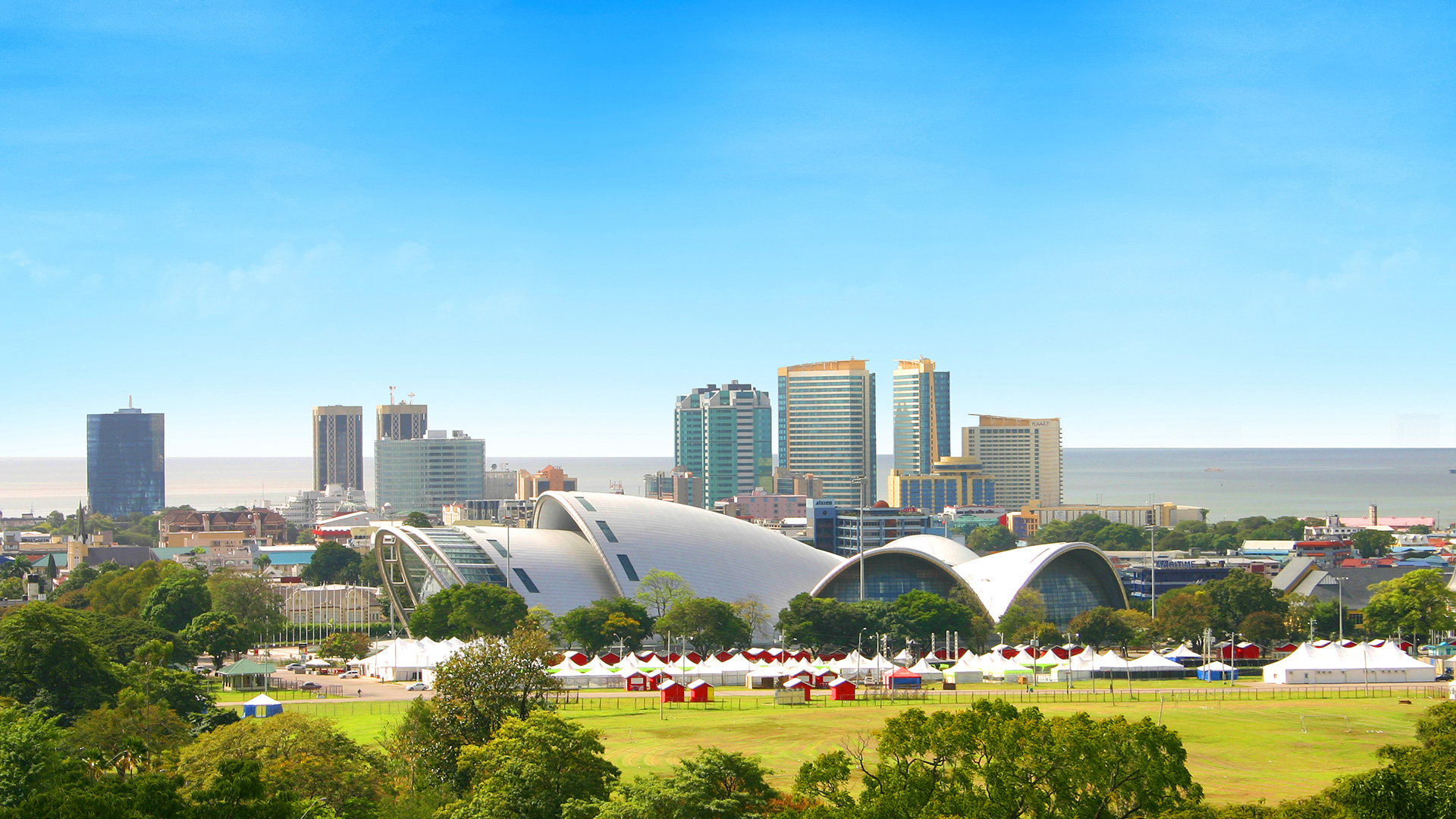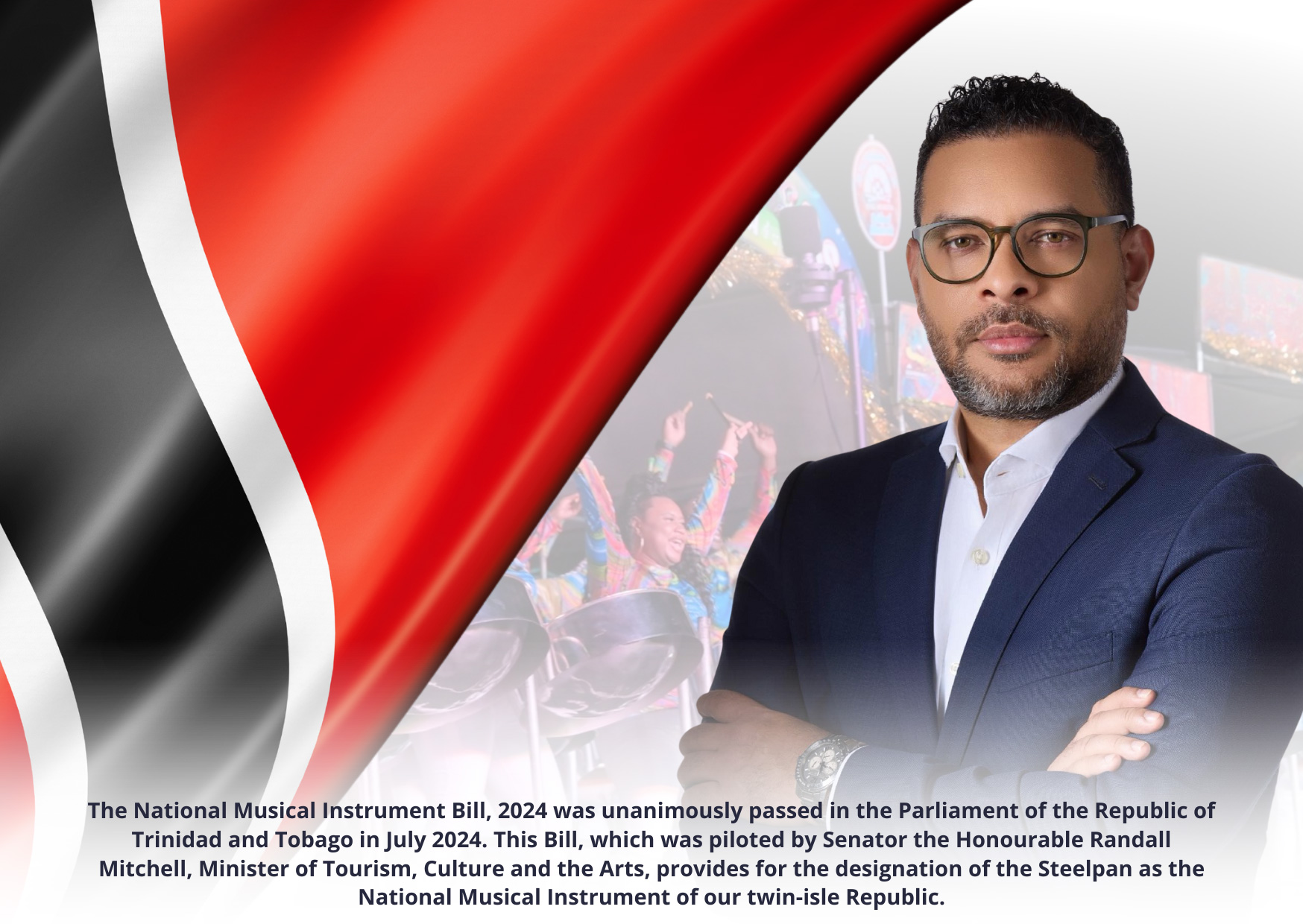Formerly called La Vigie, Fort George is situated in the North-western hills of Trinidad, overlooking the Gulf of Paria. The fort forms part of a complex of military fortifications which were built in 1804 under the direction of the then British Governer, Brigadier-General Sir Thomas Hislop, to protect Port of Spain from any perceived military threats. Although the site ceased to be a military establishment in 1846, it is still the best destination for one of the most spectacular views of Port of Spain and the sea. In addition to the beautiful vista at this well preserved historical site, one can see the original cannons, dungeons, and artefacts of the day, as well as a signal station which was established in 1802 and designed by Prince Kofi Nti, son of King Kofi Calclai of Ashanti, West Africa.
Currently, the Fort George Facility is closed to accommodate a series of upgrade works.
Nestled between the alluring and beautiful mountains in Trinidad’s Northern Range, Maracas Beach is a staple on any Trinbagonian beachgoer’s lips. A relaxing forty-five-minute drive from the nation’s capital, Maracas Beach Facility, is always filled with locals and tourists alike soaking up the sun and the crystal clear water, shaded by an abundance of palm trees. This beach home to the world renowned bake and shark. On any given day, you can also find artisan vendors selling handmade jewellry or memorabilia with materials such as coconut, wood and stone. The facility boasts secure parking and is tailored to your recreational needs. Maracas Beach Facility is one of the many premier beach destinations for you to enjoy.
Apply for use
Las Cuevas Beach is truly a gem to behold, a perfect combination of crystal clear waters and plump luscious hills in a backdrop of natural streaks of trees to the east. Taking a twenty-minute drive east from Maracas Beach Facility it’s the pristine bay of Las Cuevas. This beach facility has all the amenities to satisfy your needs. Patrons can easily cascade down the stairs to the grandeur of the bay and enjoy this popular turtle nesting site.
Apply for use
Lined with coconut palm trees, the crashing waves of the Atlantic Ocean washes to the impeccable shoreline known as Manzanilla. Manzanilla Beach is also known for turtle sightings and is one of the largest leatherback turtle nesting beaches on the island. Additionally, it is also one of the best bird-watching sites and the most scenic along the East Coast. It is one of the best-boasts of secluded beaches for long strolls, family picnics, and camping activities but most notably ‘beach limes’ as the locals say. It is also one of the most recommended beaches for those wanting to escape the noise and frenzy and enjoy a quiet beach experience. The coast is also recognized for its seafood cuisine and paragliding, and provides visitors with the opportunity to capture the picturesque view of the never-ending shoreline.
Apply for use
Trinidad’s most iconic beach along its south western edge sparkles within the beautiful Vessigny Beach Facility. This facility boasts of its kayaking and sailboat attractions, and of course, calm waters, golden sand and sun. Vessigny’s charming architecture and layout is one that encourages intimate moments for families and the facility is also a ‘go to’ destination for weddings. What makes this destination famous is the eclectic reverberance of the activities that populate the beach, from local sports, to hosting live events.
Apply for use
Perched in Petit Trou, Toco in the North West corner of Trinidad and sandwiched between the Caribbean and Atlantic Sea one can behold the Galera Lighthouse. This lighthouse is a great place for families and ‘limers’ alike, as it has facilities such as a visitors’centre, secure parking, plush landscapes and recreational picnic comforts . The lighthouse is a cultural and historical landmark, at which many tourists indulge in both taking photos of the lighthouse and walking the trail behind the structure, where you can find a blow hole. This blow hole is created when the Atlantic and Caribbean waters slams into the rock beneath causing air to elevate through a hole in the rock, causing a hollow pitched sound and a few sprays. One attraction to this site is its proximity to Tobago, where on a clear day one can view the beautiful sister isle with immaculate clarity and ease.
The pitch lake is located in southwest Trinidad, situated in the mid-western peninsula, bounded by the Gulf of Paria. The lake itself is known for having magical healing properties and many visit it for a relaxing dip that provides rejuvenation. Its growth in popularity has attracted many locals and tourists throughout the years. The pitch lake, being the largest of its kind, is proudly maintained by locals. The villagers also maintain the eco-friendly environment and keep the legacy of the lake alive through storytelling. The lake is surrounded by a variety of flora and fauna, from tall lush trees to small hedges leading the path of the lake and beautiful birds.
Apply for use
Take a climb above the foothills of Maraval, there you will find a charming village that encapsulates the essence of the creole community living in Paramin. A beautiful, traditional village that gives the best view of both the Caribbean Sea and the City capital Port of Spain. Here you will find the La Vigie Lookout, where you can enjoy scenic views that transcend your imagination. At this facility, there are gazebos, where groups can enjoy food and the company of others while engaging in the kind of ambience that the beloved Northern Range provides.
Apply for use
NAPA is one of the four National Performing Arts spaces in Trinidad and Tobago. It officially opened on November 9, 2009. The Public Auditorium at NAPA was developed to play a pivotal role in the national plan for development of the arts and culture in Trinidad and Tobago.
Constructed on what was formerly the Princes Building Grounds, its first performance “Dance Meh Lover” a presentation of the National Theatre Arts Company of Trinidad and Tobago was held on Saturday November 14, 2009. The production was launched as part of the soft testing to get the auditorium ready for the grand opening of the Commonwealth Heads of Government meeting (CHOGM) on November 27, 2009.
On February 11, 2011, the Public Auditorium was renamed – The Lord Kitchener (Aldwyn Roberts) Auditorium – a fitting tribute to the calypsonian the world had come to know as the Grand Master of Calypso.
SAPA is similar to NAPA and is used for hosting cultural events, theatre productions, musicals, conferences, workshops, graduation ceremonies. The Southern Academy for the Performing Arts is a striking addition to the urban landscape. It is integral to a national strategy to develop performing arts and local culture by investing in and grooming the country’s raw talent. It was designed to be the cultural icon of our southland. The G-clef inspired design for this Performing Arts Academy pays tribute to the facility’s goal to be a modern training ground for world-class performers. Outfitted with advanced training and performance spaces, coupled with state-of-the-art acoustics.
